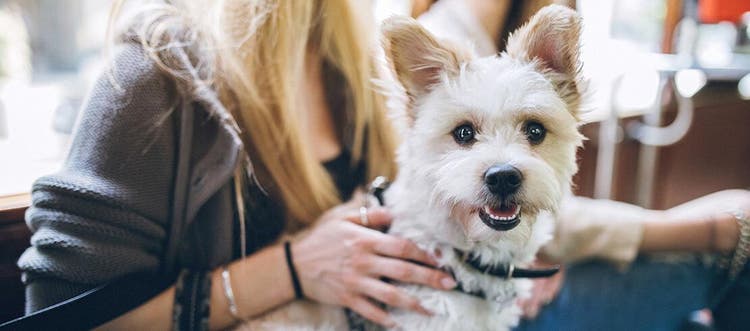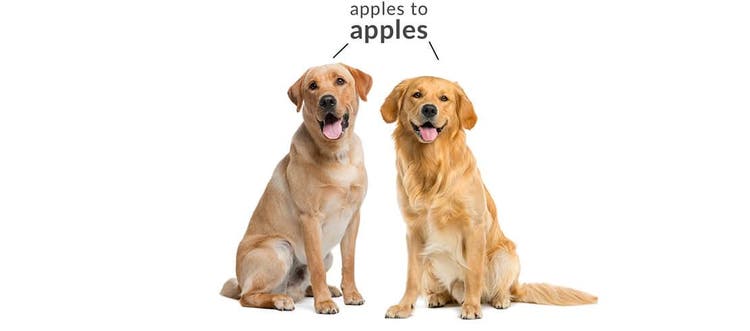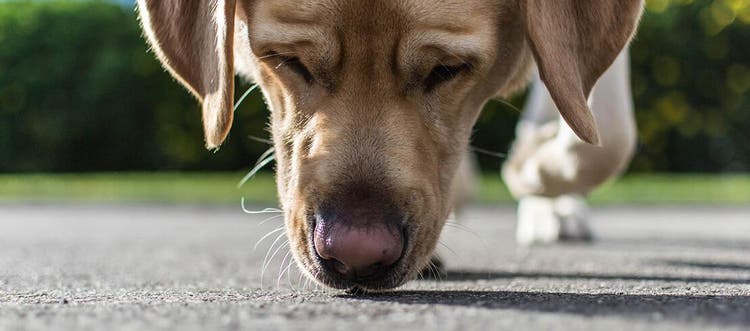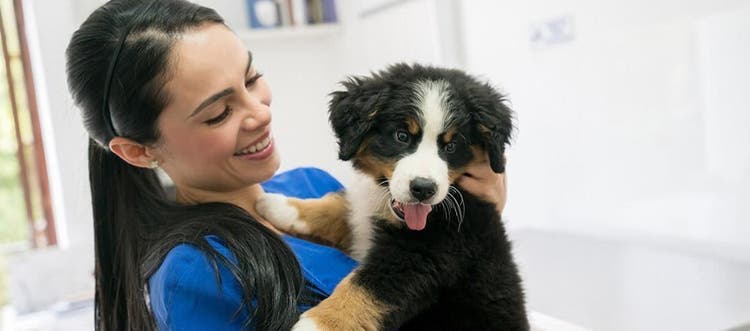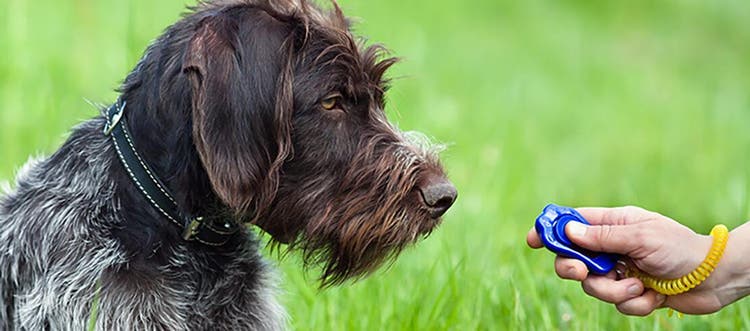Reviewed by Dr Abbie Lam DVM
Training a puppy can be a big job, but taking the proper steps to housetrain, leash train and socialise your puppy can help set you and your new pet up for success.
Puppy training guide: the first few weeks
Getting a new puppy is an exciting time for everyone, including the puppy. A new puppy can be a fantastic addition to your home and family, but as with any young animal, they have to learn a few rules.
Start puppy training early
Housetraining, obedience and socialisation are all important skills that every dog needs and the sooner you start teaching them the better. Teaching each skill requires consistency, patience and positive reinforcement to create good habits and build a bond with your pet.
Housetraining your puppy
Housetraining should be the first lesson you work on with your new puppy. You can introduce your puppy to the basics of housetraining from as early as eight weeks, although do not expect or demand immediate success. It typically takes four to six months for a dog to be completely housetrained and accidents are common for up to 12 months, so be patient with your young pup.
Housetraining: daytime vs. nighttime
It may help to think of day and nighttime housetraining separately.
In the daytime an eight-week-old puppy will probably need to urinate at least every hour or two and to defecate shortly after any meal. Take them outside frequently during the day to get them on a schedule and aid with housetraining.
A sample housetraining schedule might look like this:
- First thing in the morning
- After each meal
- After your puppy drinks more than a few sips of water
- Once every 1-2 hours – to be adjusted as the puppy ages and learns
- Once before bed
Keep your puppy’s toilet area free of toys and distractions. Do not play with your puppy until they have gone – after which you can praise them. Remember, a dog’s faeces is a common source of worms and diseases, so every time your puppy leaves droppings, you should pick up the waste with a disposable bag and throw it in your garbage bin.
If your puppy doesn’t go when you take them out, take them back to their bed area (animals do not like to soil their beds), and then try again a few minutes later. Handy hint: give a low and prolonged whistle whenever your puppy urinates – soon they will associate this with a command and, bingo, you’ll have trained your puppy to urinate to your whistle, very helpful before bedtime or before travelling in a car.
The goal is to avoid accidents as much as possible even at such a young age. As your puppy gets older, they will need to go less frequently during the day.
A puppy can typically last longer without a bathroom break during the nighttime than during the day. At eight weeks a puppy will normally be able to wait four to five hours in between, and this will increase to five to six hours by around 12 weeks. At four months your puppy should be able to sleep through the night without needing to go out.
It is helpful to use a crate for overnight housetraining, keeping the puppy’s bed divided from the rest of the crate. Give your puppy their last meal of the day several hours before bedtime. To avoid any unpleasant accidents during the night, do not let your puppy go to bed until they have peed and pooed.
Finally, never scold your puppy if they have an accident – doing so will teach them that going to the toilet is a bad thing, and they may be reluctant to go, even in their outside area.
Socialising your puppy
There are many things your puppy won’t be used to yet, such as children, noise and other animals. Socialising your puppy early can help them acclimatise to the human environment. Well-socialised puppies are less likely to develop behavioural problems, and proper socialisation can help prevent fears and phobias in the future.
You should introduce your puppy to as many different people and social situations as possible. Expose them slowly to traffic noise and crowds of people, and let your puppy see large objects move or fall.
Before you introduce your puppy to other animals, perhaps with puppy training classes, make sure they have had their vaccinations and are up to date with their parasite control. Keep your puppy at a safe distance from other dogs, and don’t force them together. Socialisation is a very important part of puppy training, but must be done properly. Whatever the situation, always reward your puppy when they remain calm.
Training your puppy to walk well on leash
Every dog needs to learn how to walk nicely on a lead, whether for their own safety or for legal reasons. Many puppies will pull, making life difficult for you both. To get them used to walking on a lead, start in an enclosed area and clip the lead to their collar. But instead of holding it, let it go and allow the puppy to run around trailing the lead.
Once your puppy is comfortable with this, pick up the lead and give your puppy some treats while you hold it. If your puppy pulls on the lead, drop it and try again in 5 to 10 minutes. Eventually, after a bit of practice, your puppy will get used to it and you’ll be ready to teach walking on a loose lead.
Loose-lead walking gives your puppy the freedom to explore while you train them not to pull. When your puppy is comfortable walking on a loose lead, try introducing them to different underfoot textures, such as grass, gravel and wood chips. Make sure your puppy’s parasite prevention is up to date before you go out exploring, and speak to your veterinarian about the vaccinations they need.
Teaching your puppy how to heel
Now that your puppy is used to walking on a loose lead, they can progress to heel training. ‘Heel’ is an important command for puppies to learn as they progress in their leash training, but getting to this step may take time.
Start with a short lead, just about 5cm of slack – any more than this will allow your puppy to pull ahead, which you’re trying to avoid. Always have your puppy on the same side of your body to prevent confusion. Begin walking with your puppy. If the lead is relaxed and they aren’t pulling, mark this behaviour by saying ‘good’ and ‘heel’, and rewarding with a treat.
Imagine you are a parent holding your young child’s hand and walking in a busy area. You need to be calm and purposeful, not allowing the child to take control and pull you. When you get to an area where your puppy can have more freedom, let them know this by telling them they can ‘release’.
Training a puppy is fantastic fun and rewarding for both of you. As long as you give yourself enough time and stay calm, it will be a great experience you will remember for the rest of your life.
Learn more about different ways to train your new dog, with this guide to clicker training.
